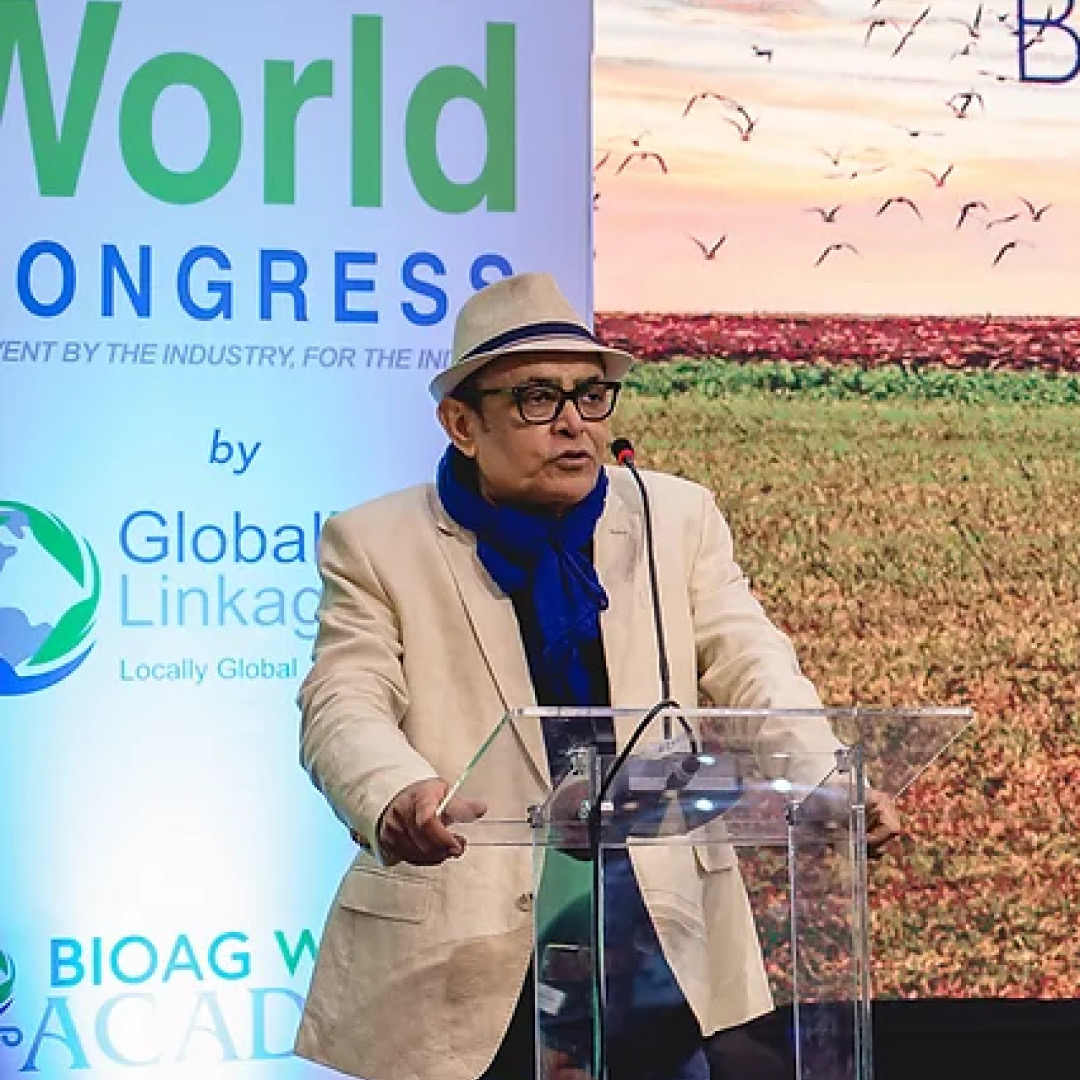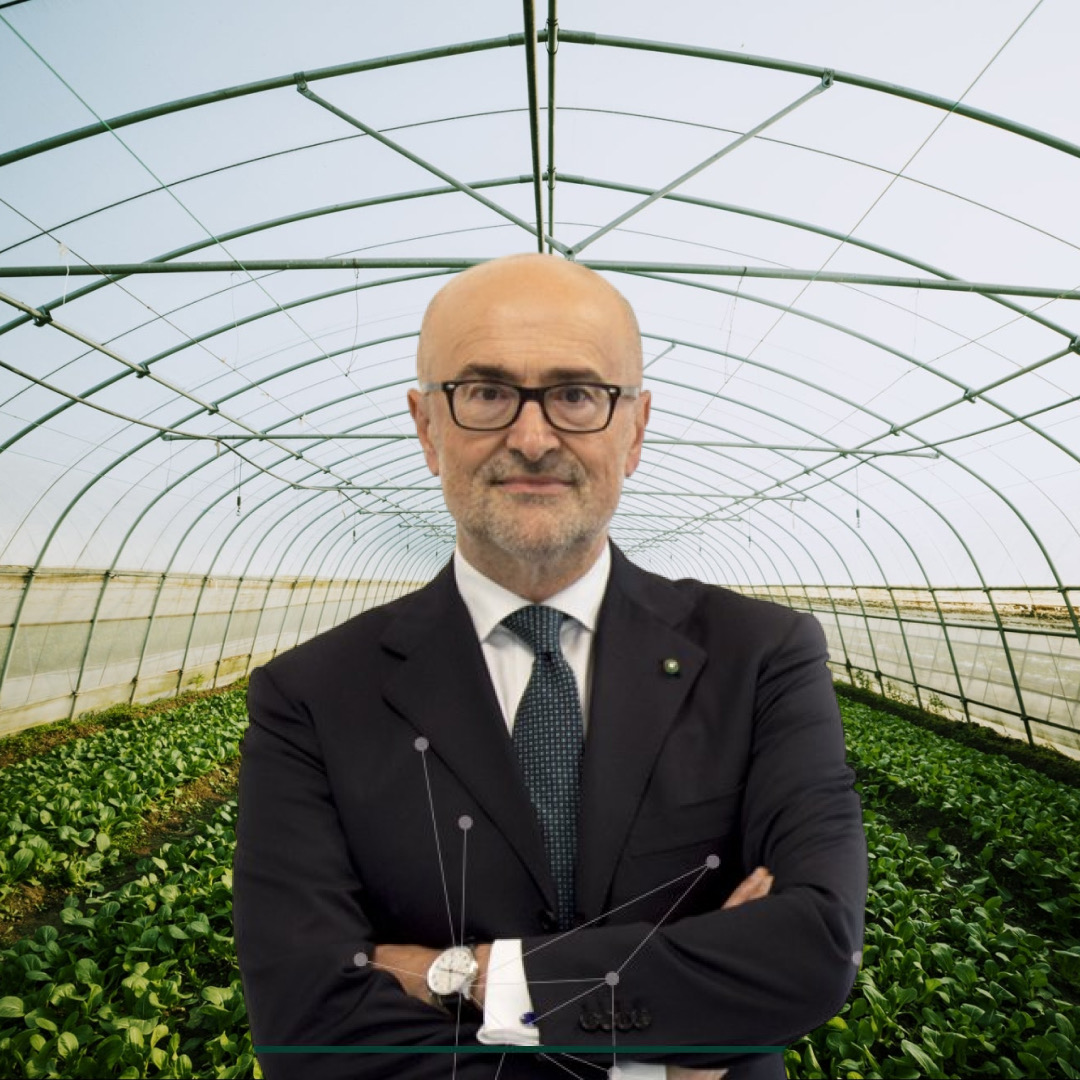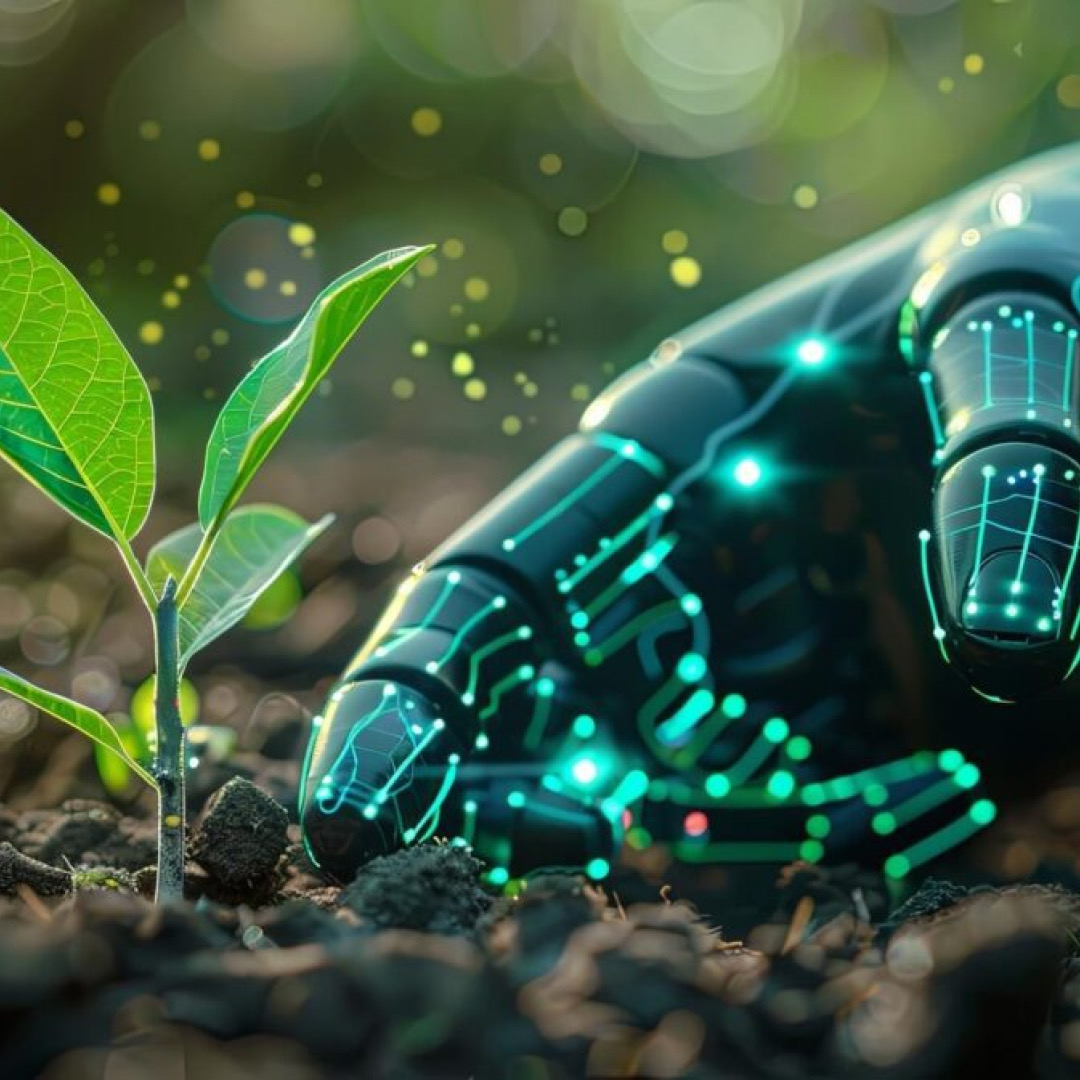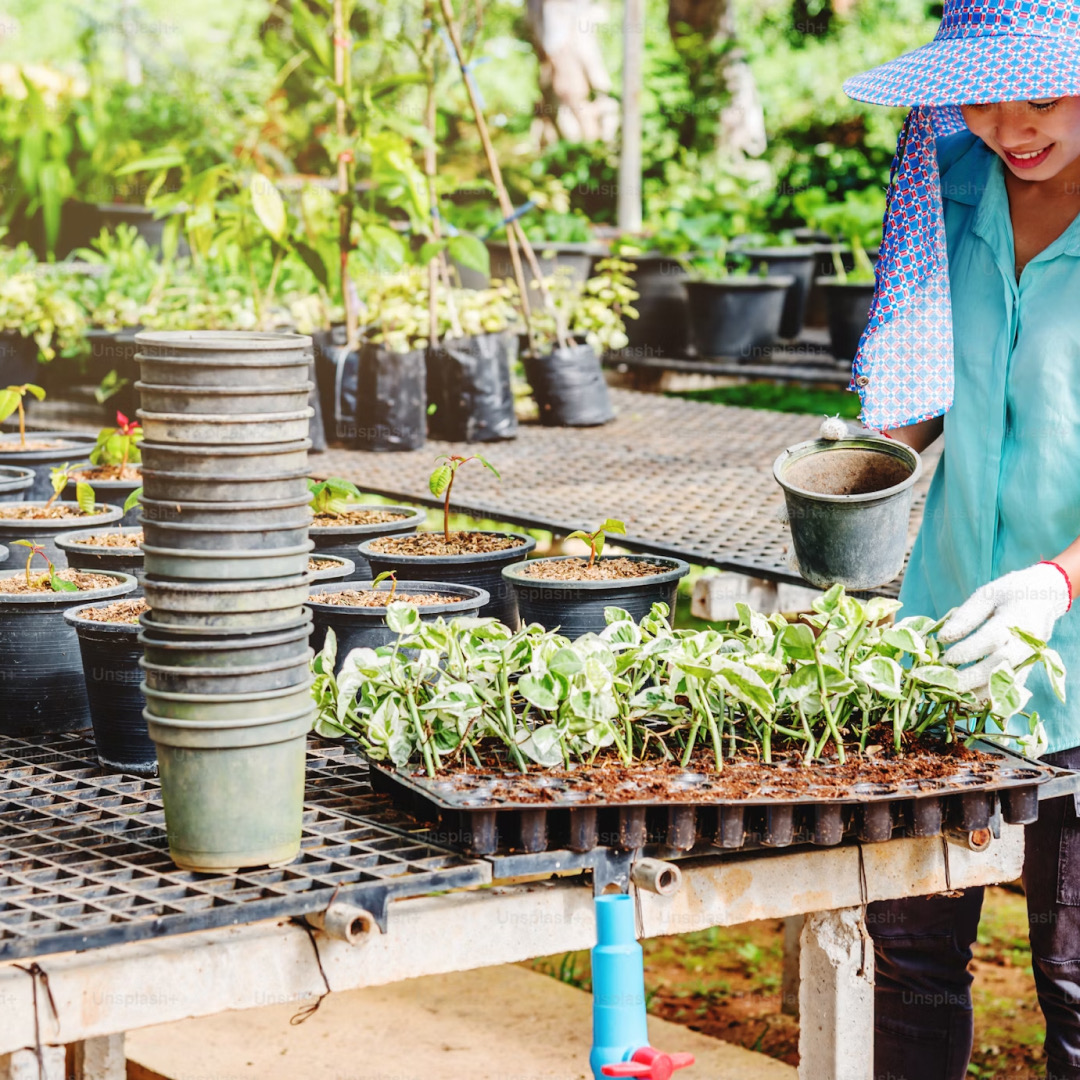
As the BAW Digest readers undoubtedly know, biologicals (Biopesticides/biocontrol, biostimulants, biofertilizers/bionutrients) have been experiencing double digit growth. The growth is driven by consumer demands on the food supply chain for sustainability and transparency, increased return on investment, restrictions on chemicals, the high cost of chemical fertilizers, and resistance and residue management. Various reports estimate that agriculture contributes approximately 15% of all greenhouse gas emissions (GHG), largely contributed by
chemical pesticides and fertilizers. There is intense pressure on farmers to reduce their emissions and carbon footprint. Several NGOs, large food and consumer product companies, the US Department of Agriculture, and the California Department of Food and Agriculture are offering incentives to growers to reduce their carbon footprint and increase their soil health and farm biodiversity. The question is, can biologicals help farmers reduce their carbon footprint? This is an exciting new area; data supporting biologicals’ potential to reduce GHG and carbon footprint are being generated. Biologicals’ companies are offering programs, verified by third parties, with payments to growers for adoption of biologicals.
How do biologicals reduce carbon footprint and increase biodiversity? Biologicals are readily biodegradable, safe for the environment and generally only affect the target pests or pathogens. Therefore, pose little risk to nontarget organisms, and increase farm biodiversity in comparison to chemical pesticides. Many biologicals, particularly fermented microbials and plant extracts, are manufactured using agricultural raw materials, their manufacturing wastes can be used as fertilizer. Microbials can shift or add to the soil microbiome, helping nutrient up take by plants, reducing crop stress or sequestering carbon. In a recent paper in Nature, “Microbial carbon use efficiency promotes global soil carbon storage,” the authors state that soil microorganisms play an important role in soil organic carbon (SOC) formation, preservation and loss. Although microorganisms affect the accumulation and loss of soil organic matter through many pathways,
microbial carbon use efficiency (CUE) is an integrative metric that can capture the balance of these processes. Their findings point to microbial CUE as a major determinant of global SOC storage.
Biopesticides. To measure the benefits of biological products for pest management, Profarm Group (formerly Marrone Bio Innovations) enlisted the University of California, Davis Graduate School of Management to analyze the GHG emissions of its three primary biopesticides (two microbial insecticides and one plant extract-based biofungicide), the first of its kind industry study. The Comparative GHG Impact Assessment of MBI Biopesticides vs. Conventional Chemical Pesticides study, determined the GHG effects of commercial MBI agricultural products compared with conventional chemical pesticide or other alternative competitive products. An inventory analysis on company-wide emissions by source, facility and activity, wastewater discharge, water consumption, irrigation water use, electricity use and fuel combustion was conducted. Based on a comparative assessment of pesticidal products’ manufacturing processes, labeled rates and seasonal use practices, switching from conventional chemical pesticide products to biopesticides, on average, likely result is net reductions of GHG by 69% to 91% (or 39 to 46 Kilograms of CO2 equivalents per acre per year).
For additional studies, MBI utilized a third-party company Boundless Impact Research & Analytics, to conduct an independent climate impact product assessment on two Burkholderia rinojensis bacteria-based products. BIOSt® Nematicide reduced GHG emissions by 85% in soybeans and 87% in corn compared with conventional pesticides. For every million acres of soybean and corn seed treated with BIOSt® Nematicide seed treatment, more than one million pounds of carbon dioxide emissions (CO2) are reduced. In case of the seed treatment for the entire projected 87.6 million U.S. soybean plantings for 2021, the CO2 emission reduction would potentially equal more than 43,000 tons, comparable to removing nearly 10,000 passenger cars from the road.
Venerate® XC Bioinsecticide received a score of 8.6 out of 10. The analysis evaluated life cycle inputs and impacts of Venerate XC Bioinsecticide per acre on the following:
• Soil, Aquatic and Human Toxicity,
• Ecosystem Impact,
• Harmful Materials,
• Greenhouse Gas (GHG) Emissions, and
• Carbon Return on Investment (CROI).
One of the key learnings from this product analysis was the amount of electricity and steam required to produce the product. It resulted in switching the manufacturing facility to all- renewable energy, a move that reduced greenhouse gas emissions by this product by 32%.
Mycorrhiza is a group of fungi that forms a symbiotic relationship with plant roots. The earliest mycorrhizal species are thought to have originated over 400 million years ago when plants became terrestrial. Arbuscular Mycorrhizal Fungi (AMF) establishes beneficial symbiotic associations with plants by colonizing plant roots and consuming organic molecules such as sugars produced during photosynthesis. The mycorrhiza delivers water and nutrients from the soil to the plant. According to Groundwork BioAg, a manufacturer of novel mycorrhizal strains, it is estimated that up to 20% of the plant carbon photosynthate is allocated directly to mycorrhizal fungi. The mycorrhizal contribution to total soil organic carbon content (SOC) is estimated at 23- 87%, making it a significant contributor to SOC levels and highlighting the potential of agricultural soils to sequester atmospheric carbon.
Mycorrhizal fungi are the only known organisms to produce glycoproteins called glomalin (named after the Glomus genus). Glomalin invigorates the soil, adds to soil structure and sequesters atmospheric carbon passed through the plants. Research indicates that glomalin accounts for 27% of carbon in soil, making it one of the most significant carbon sinks on earth. Groundwork BioAg announced their white paper Mycorrhizal Inoculants: The Path to Improving and Preserving Soil Carbon in Mainstream Agriculture showing that Glomalin is unique in its ability to store carbon over decades and can be considered a persistent and stable carbon sink. Many other mycorrhizae
companies have raised considerable investment capital with the vision to sequester carbon, for example, Loam Bio.
Carbon credit payments for using microbials. Locus Ag has presented growers with its CarbonNOW program, the first of its kind, where growers receive payments for using a Locus AG Biologicals that are “proven through third-party testing to increase yields & ROI.”

AnewTM Climate is one of the largest carbon project developers in the world. Field soils are sampled at a depth of 12 inches and analyzed for Locus AG products to qualify as practice change.Samples are tested annually for Soil organic carbon (SOC) and Bulk Density (BD) along with carbon modeling. Besides regular payment scheme ($48/acre guaranteed, $12/acre/year minimum and others), performance bonus are offered based on carbon sequestration data retrieved from the annual soil testing. The microorganisms in this program are their own strains of well-known genera Bacillus, Trichoderma, and Rhizobia.
This program is a smart way to gain adoption of biologicals through financial incentives while increasing the sustainability of farmers’ fields through carbon sequestration by microorganisms. There are numerous other biologicals companies with their own package of microorganisms to sequester carbon. In fact, the Mixing Bowl identified more than 1200 biologicals companies!
However, it will not be practical if each biologicals company has its own proprietary Carbon program. Most activities are focused on row crops, specialty crops are to be included. Also, we hope to see the USDA approving the use of general groups of biologicals to receive payments, similar to cover crops and tillage practices. In the meantime, regardless of any payments, biologicals must be added knowing that they can reduce carbon footprint with other benefits – yield, quality, resistance, residue, and labor management, resulting in a higher ROI.







Leave a Reply